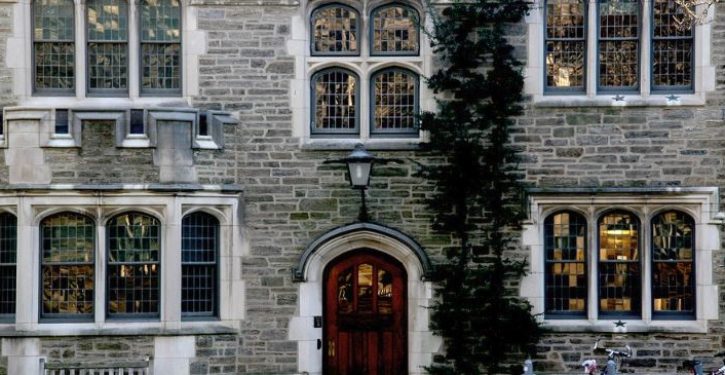
Many colleges have issued formal “land acknowledgments” recognizing the American Indian tribes that once lived on their land. But those “statements blatantly ignore that Native Americans violently took the land over from other tribes and have also been financially compensated for the land,” according to scholars quoted by The College Fix:
A striking example of this trend can be seen in Minnesota, where numerous public and private universities have published land acknowledgments… asserting that [their] institution “occupies” the homelands of the Dakota people…
“These statements promote a simplistic ‘good guy/bad guy narrative’ of greedy, immoral settlers versus virtuous, long-suffering Native Americans, but the historical record tells a different, more complex story,” says Katherine Kersten of the Center of the American Experiment.
Kersten pointed out the history of the Dakota nation in Minnesota, noting their warlike nature and ongoing violent conflict with the Ojibwe people, which began before the U.S. military entered the picture.
“Warfare was brutal. Dakota warriors killed men, women, and children indiscriminately, and scalping was ingrained in their culture,” she wrote.
The article also cited two other problems that land acknowledgments fail to consider: the area occupied by the Dakota people was actually small in size, and the U.S. government paid tribal members and their descendants millions of dollars in compensation for the land.
Kersten concluded that land acknowledgements also neglect the fact that Dakota people today benefit from the technological advances that Europeans brought to the New World….
Mark Perry, professor emeritus of economics at the University of Michigan Flint, noted the hypocrisy of universities in promoting land acknowledgments while acting in ways contrary to those statements…“if universities like the University of St. Thomas were really serious about their acknowledgment that it ‘occupies the ancestral and current homelands of the Dakota people’ then it should give that land back to the Dakota people instead of expanding their footprint throughout the neighborhoods of St. Paul and Minneapolis,” Perry said….
Perry also affirmed multiple points made by Kersten in her article, such as her point that U.S. officials held at least 200 peace councils between the Dakota and Ojibwe at Fort Snelling in an effort to stop the bloodshed. “So the U.S. government played a life-saving, humanitarian and positive role helping to reduce bloodshed between Native tribes, and that positive role saving Native lives and bloodshed is never recognized, and is never part of a land acknowledgment.”
Minnesota has been inhabited by many different tribes over the centuries. Yet “native land acknowledgments” in Minnesota and elswhere often often assert that that a tribe lived on the land occupied by a college “since time immemorial.” That assertion is rooted in myth rather than history. In fact, Native Americans came to North America at different times, and routinely displaced or exterminated other tribes in the process. Conquest and migration have shaped the whole world, yet no one apologizes for the Norman conquest of England in 1066. These “land acknowledgments” often contain pseudo-pagan tributes to the tribes’ role as “caretakers” or “stewards” of the natural order.
A New England town council voted to cover up a historical plaque showing that the land occupied by the town was bought — not stolen — from Native Americans, a historical truth that was deemed offensive.



